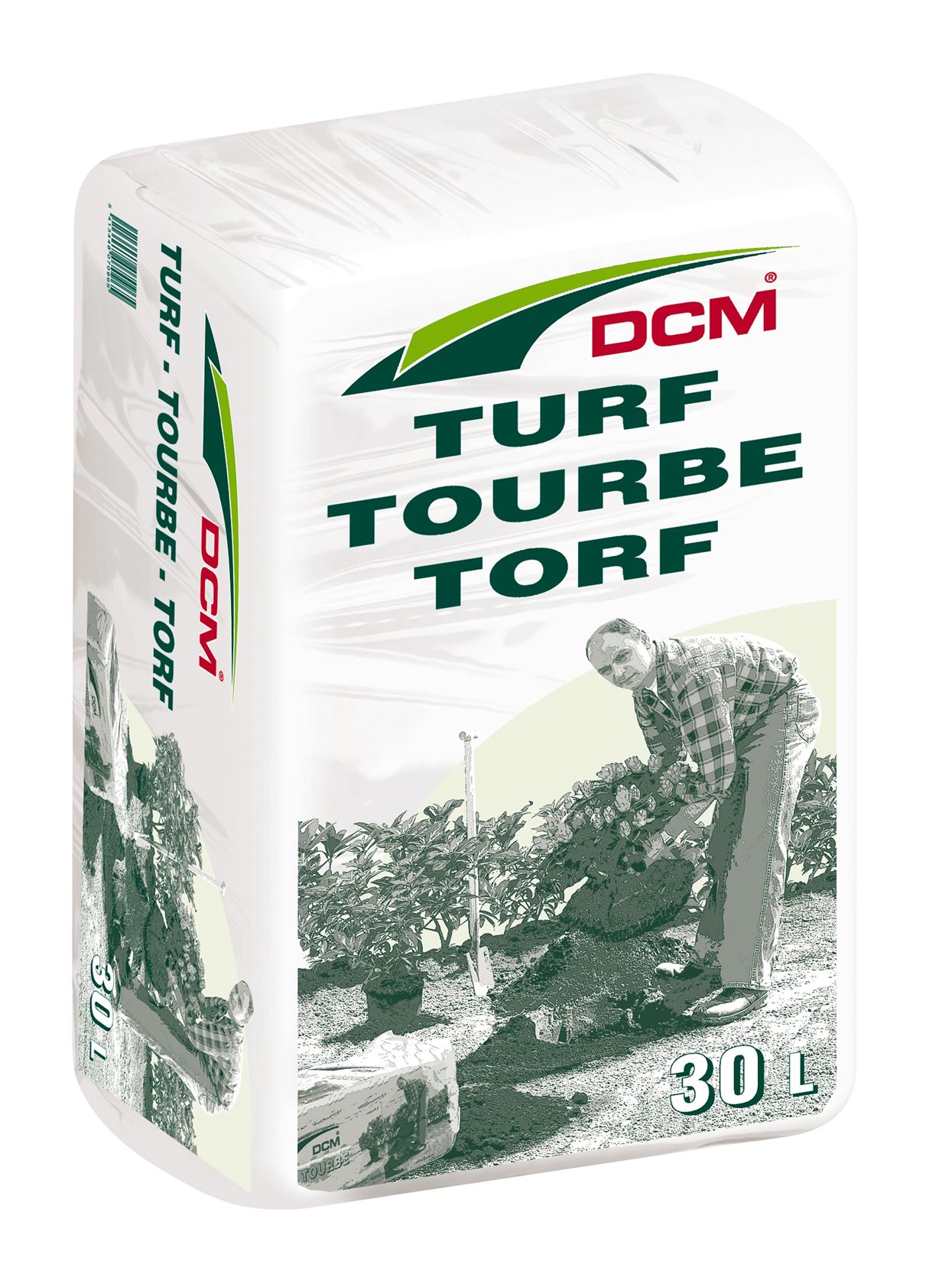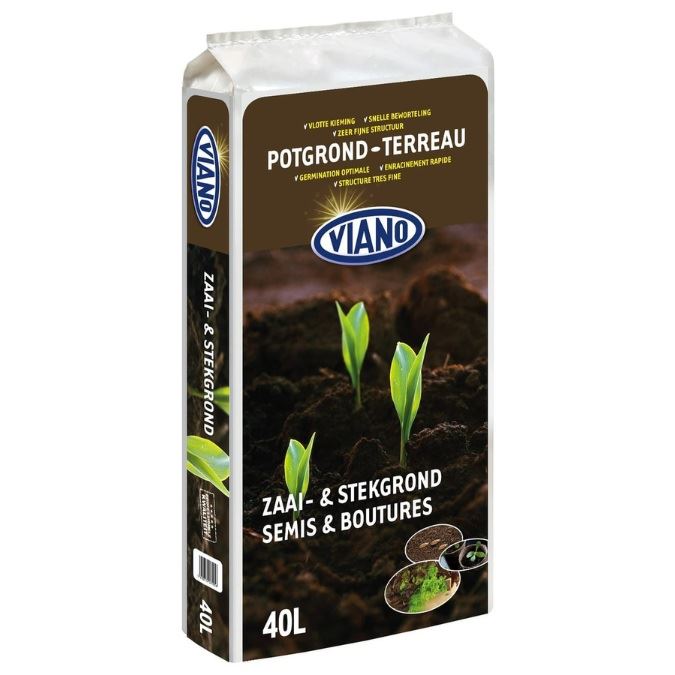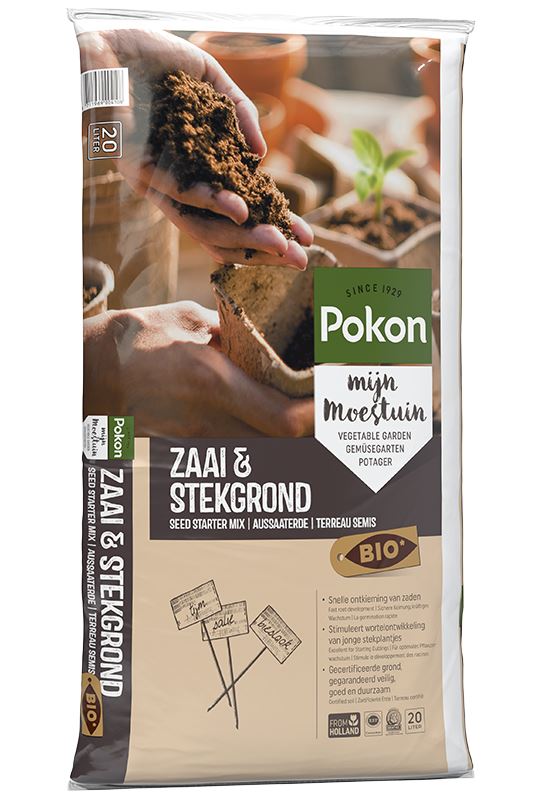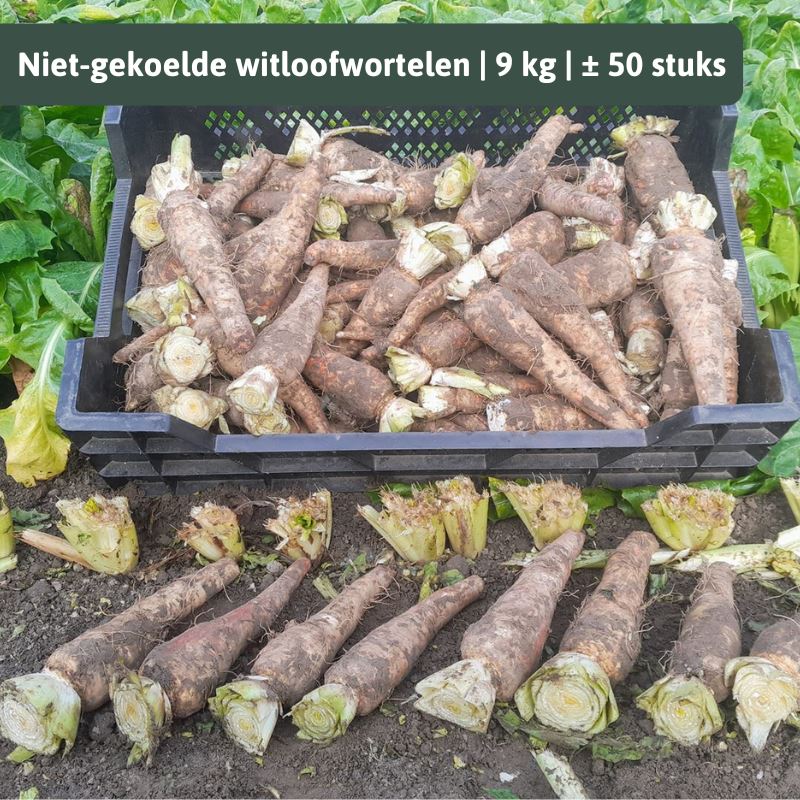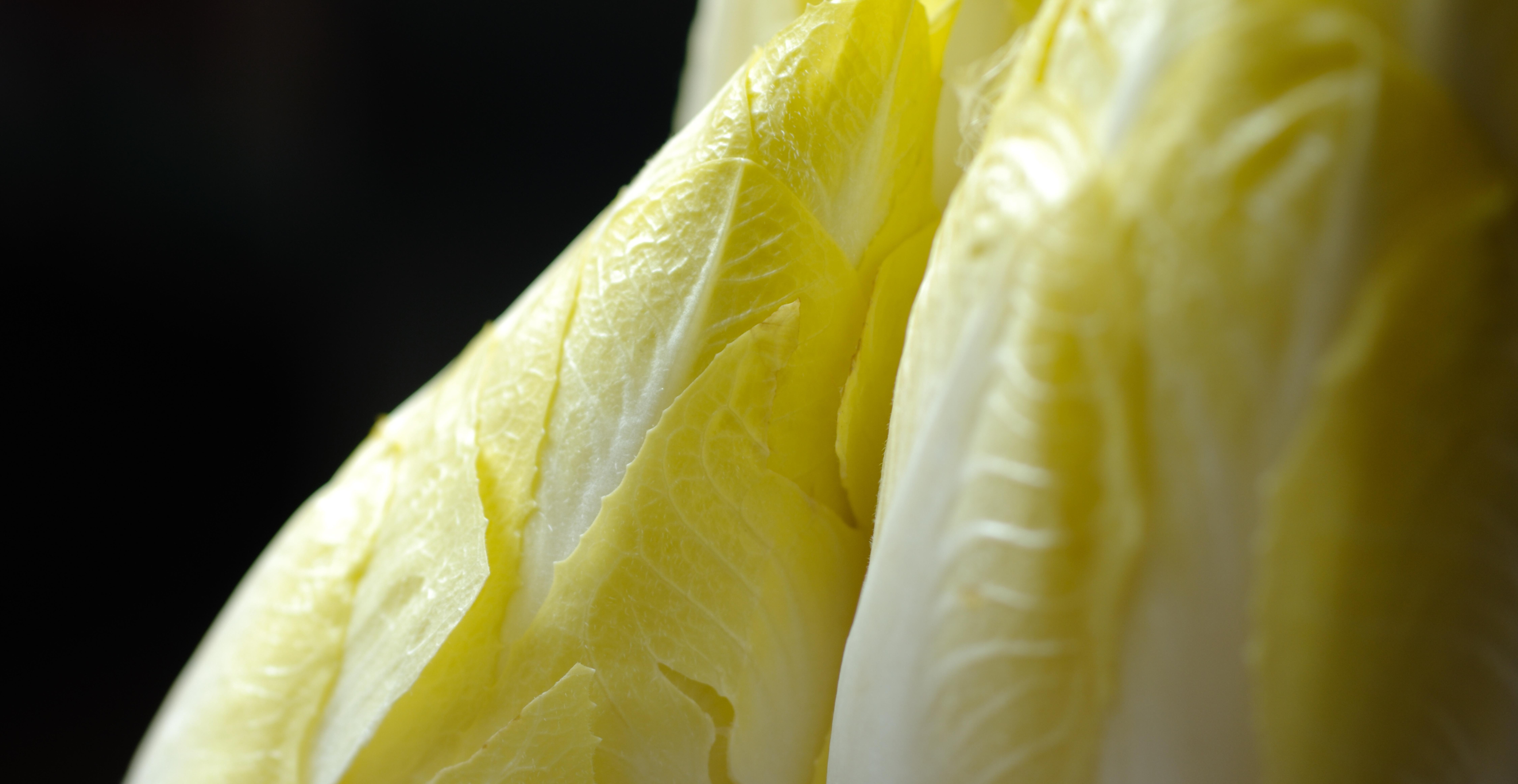
Chicory tasty and easy to grow yourself
Nowhere in the world is chicory grown and tasted like it is in Belgium. Because chicory from your own vegetable garden tastes extra good, we explain you step by step how you can grow this delicious delicacy yourself.
Chicory roots (= sow from May)
Without chicory roots there is no chicory! You can choose to buy ready-to-plant chicory roots or to grow your own by sowing. For this it is best to use a light soil, such as sand or sandy loam, which you leave unfertilized that year. The aim is to grow unbranched and straight roots and this is slightly more difficult in fertilised soil. If you have sufficiently fertilized the soil in previous years, the chicory can get all its nutrients from it. You sow the chicory in rows with a space of 30 cm between each row. In the rows you thin out the chicory to 15 cm between the plants. Do you not need much chicory? Then you can also buy chicory plants in press cubes of 4 cm. These are available in May.
Sometimes the chicory can start to ""sprout"". This means that in the heart of the chicory plant a flower stalk arises which shoots up quickly. These roots can then no longer be used to grow chicory, but you can leave the flowers standing and enjoy the fantastic blue blooms.
From October onwards the first roots are harvested. The roots are lifted and the foliage is cut from the plant. Before you can use the chicory roots they have to undergo a cold shock. Growers usually do this by storing the roots at 1°C for about two weeks before starting to pick them. Don't want to wait that long or don't have much room in your vegetable garden? Then you can buy the chicory stems and start putting them in the pot straight away. This is actually the easiest and fastest way for hobby growers. Usually it is a problem to find garden centres that sell chicory roots. But through hermie.com you can order them and even have them delivered to your home ;).
Planting
The term 'putting in' refers to putting the roots in the ground (or in a bucket). We always place the chicory in the greenhouse because it is sufficiently warm there in winter. The higher the temperatures, the faster you can harvest the chicory. At 18°C for example you will have endives already 3 weeks after putting them in the greenhouse. Be careful not to go above 20°C because then the chicory grows too fast and there is a chance you will not get nice, firm heads.
Before you can start serving, you should prepare the roots. There are often remnants of foliage on the root. Cut these off until there is about 2 cm of foliage left. Do you cut off too much? Then you damage the growing point, and you only get small leaves that grow along the edge but do not form a nice head. The pens we offer come from the professional grower Lof & Loof and have already been cut to the correct length. You therefore do not have to do anything with them.
Fill a forcing tray or tub with about 10 cm of sowing and cutting soil. You can also reuse old soil from flower boxes. Do not use ordinary potting soil because this usually contains added fertilizer and chicory requires poor and slightly more acidic soil. So you can also mix some peat under the soil.
Do the carrots vary in size? Then you can cut off the bottom ends so that they are the same length. In the middle of the bucket, you place an upturned and cut-off bottle or a PVC tube with holes at the bottom. This way the water flows directly to the roots. Then place the carrots fairly close together in the soil so that they will form nice little heads. Make sure they have some room to grow. Press the soil when placing the carrots, and water regularly while putting the carrots in the ground so that the soil flushes out between the carrots and no holes are left.

Tip from Marcel
Are you growing outside? Then you can also place a few centimetres of straw above the roots and a jute sack to keep the straw in place. The straw will keep your chicory warm during the cold autumn nights, and ensures that it is not damaged. Attention: The chicory roots must certainly be kept frost-free. As soon as it freezes, the chicory will stop growing. We therefore recommend growing the chicory indoors (for example in a garage, conservatory, shed, etc.).
• Chicory with cover soil:
For chicory varieties with casing soil, put another 15 to 20 cm of soil on top.
• Chicory without topsoil:
The roots are already in the soil, so there is no need to put extra soil on top of the foliage. You can simply cover the roots with a dark towel so that the foliage does not come into contact with daylight. If the roots are in a dark storage room or cellar, you do not need to put anything on top of them. Make sure that no light can reach the chicory. Otherwise you will get chicory ;-)
Harvest & enjoy!
After about three weeks, depending on the temperature, you can harvest the first chicory stalks. Remove some soil and first check how big the head is. Do you think it is big enough or can't you wait any longer? Then pull the root out of the pit and break off the chicory.
Because chicory with casing soil grows underground, there is usually some soil between the leaves. Hold the head upside down in a bowl of water and shake it gently to loosen the soil. Now your chicory is ready for the cooking pot.
Any other tips for growing chicory? 👇
More info? Receive all our gardening tips directly in your mailbox!
We'll only email you handy facts, green advice and our best promotions & discounts. You'll receive it about once a week and you can unsubscribe at any time. No spam, promise 🤞












